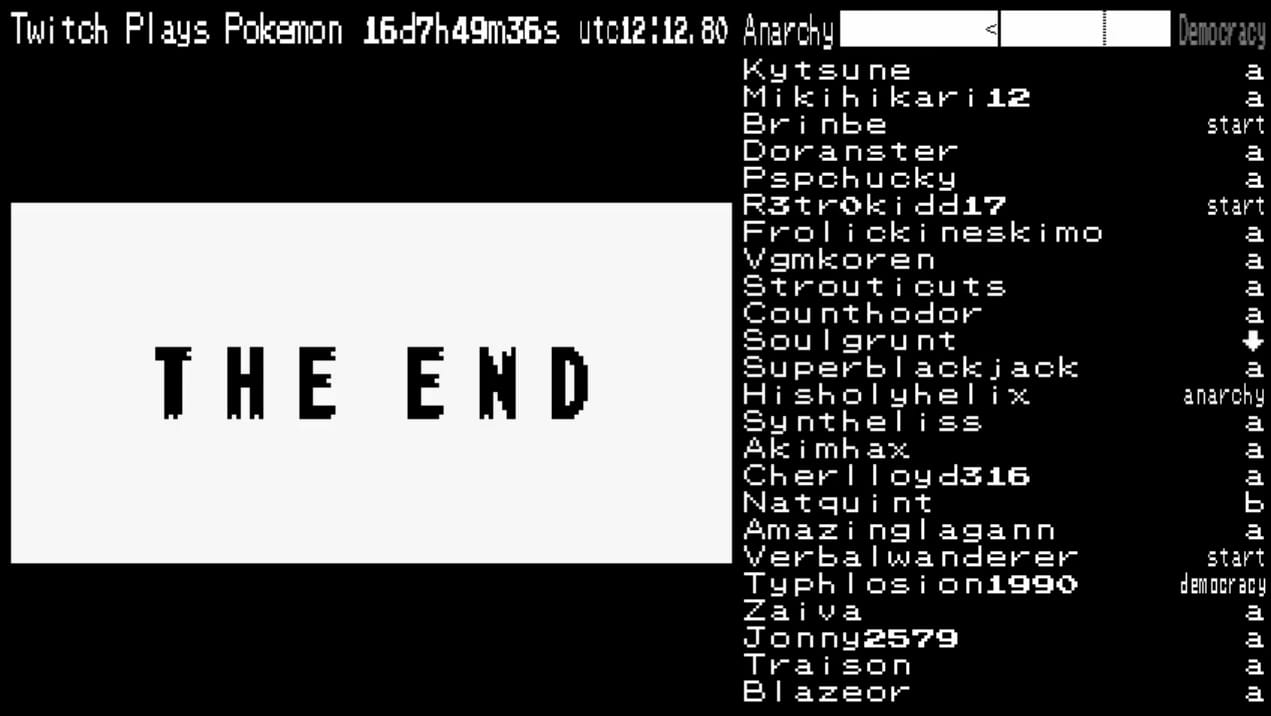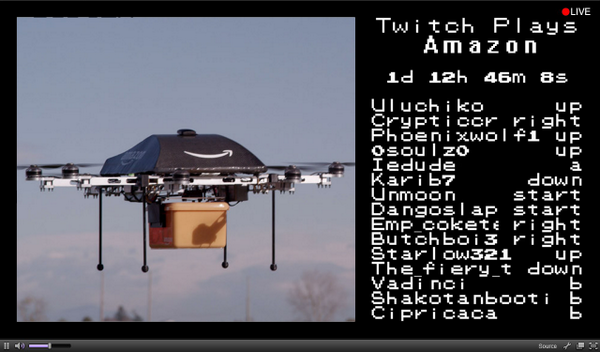Amazon’s Twitch purchase isn’t just about games. It’s about public consumption.

Much has already been made of the experience of watching Twitch. That makes sense. The vast majority of people using the platform watch others in true Pareto distribution fashion. As Seth Stevenson at Slate noted, “There’s nothing weird at all about passing an evening watching, learning, and chatting about the pastime they adore.”
But I think that’s only part of the picture. Twitch is more than a new way to watch others play videogames. It’s about normalizing a culture of public consumption.
For the decades that I grew up playing videogames, they were a localized enjoyment. At first, I would invite friends over to conquer Final Fantasy together. Then we would rent a Sega CD from Blockbuster to best my father at Virtua Fighter. Next, it was Quake in the school’s computer lab and a Halo LAN parties in college. Now, there’s Twitch where I can watch others, but more importantly they can watch me very easily using my PlayStation 4.
The shift is pretty clear. In the future, playing and spectating will be the same thing.

In this respect, Twitch is not alone. If you’ve used Venmo, the money-transferring service, you’ll notice that they have a feed of all of your friends transactions. You borrow money for pizza from Sarah; she pays you back on Venmo and leaves a public note about remembering she’s allergic to mushrooms. Multiply this by every financial transaction between friends and you have an accountant’s ledger crossed with your Newsfeed. Eric Levenson at the Wire went as far as to hyperbolically decalare that Venmo is “the best social network nobody’s talking about.”
Spending money initially was something that was done in public in market and then turned private and now has become public once again. So imagine a tool that not only connected people with similar consumption habits but also encouraged them to share their experiences with others around the very event of consumption of the thing itself? You can see why Twitch’s live-streaming represents such a seismic shift.
In the future, playing and spectating will be the same thing.
Which brings me to Amazon, a company that wants nothing more than supplant all forms of human transaction, physical or digital. If you want an idea for what live-streaming public consumption of goods looks like, you need to look no further than the rabid unboxing community on YouTube.
DisneyCollectorBR is a faceless YouTube channel that was the third-most viewed worldwide, coming in right behind Katy Perry. In July, she received 55 million views in a single week, more than any other channel. DisneyCollectorBR does one thing: open up new toys. “These videos tap into some primal human traits and emotions — curiosity, the thrill of suspense and surprise, and the joy of receiving a gift,” Michael Ross, Maker’s general manager of family programming, told Buzzfeed. “Almost everyone has watched a kid squirming in delight as a gift is unwrapped — the slower the better (as long as they can stand it).”

Amazon already watches what you buy, read, and watch. They’ve turned the art of commerce surveillance into a very effective business. Is it surprising then that a company that’s planning to employ drones as delivery bots, would be interested in other tools to watch and enable watching? How better for Amazon to close the loop than expand Twitch’s ambit beyond just games, but to open the world of experiencing the consumption of new things. Twitch has already experimented with live concerts. But imagine purchasing something new on Amazon, streaming the experience on your Kindle Fire, and uploading to a newly envisioned Twitch.
I’ve already argued that games always pave the way, but I wouldn’t be surprised if the philosophical shift for us as spectators and creators simultaneously is a harbinger of how we shop together.



